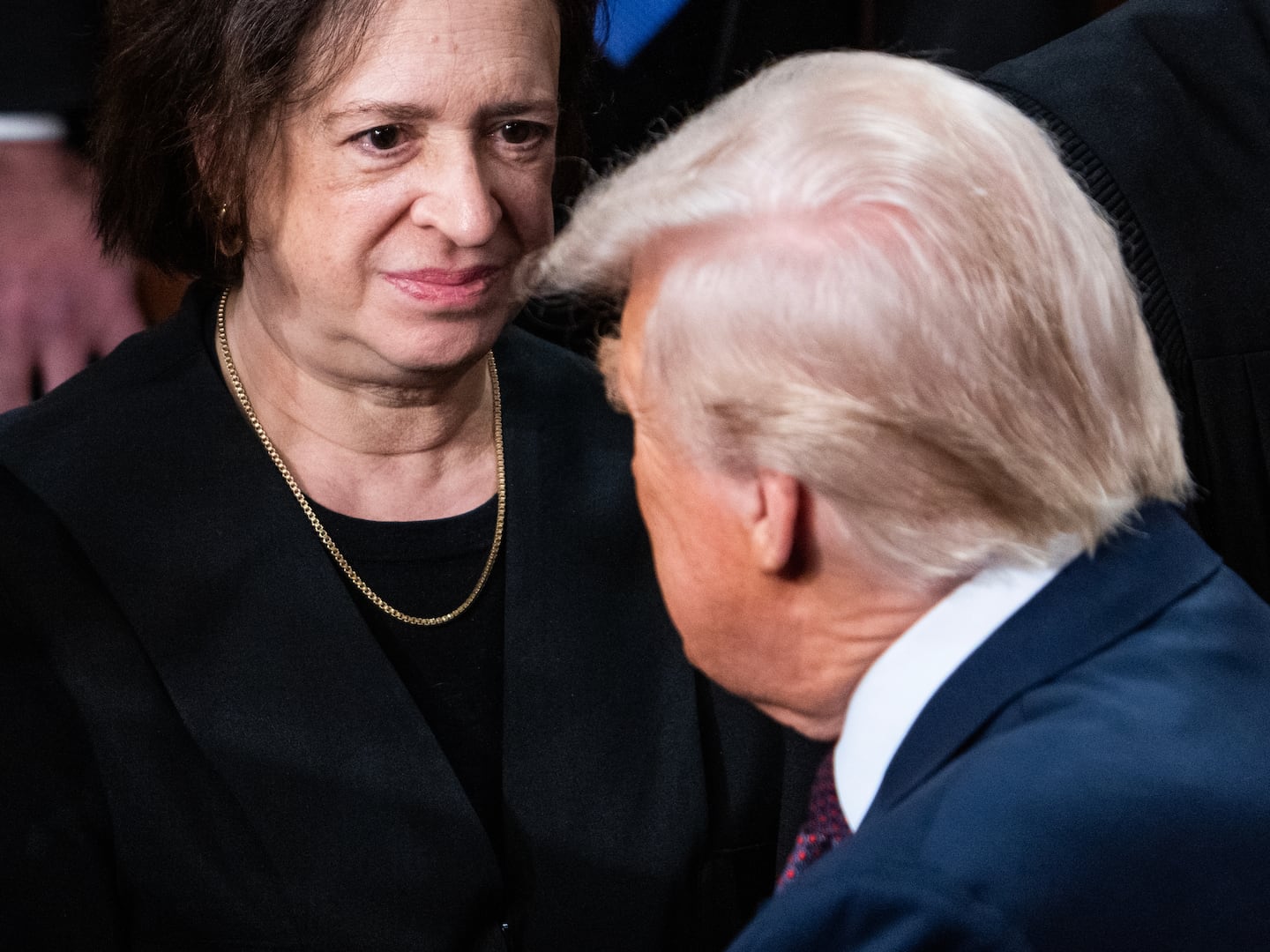There’s something missing from the Great Cocktail Revival, something strangely and profoundly absent in the midst of an otherwise superabundant trend.
To be sure, there’s no shortage of ambitious bartenders pouring hand-crafted cocktails made with obscure liqueurs, rarified spirits, house-made bitters, and bespoke tinctures.
Many are the mixologists who can quote the venerable Jerry Thomas or the irascible David Embury while deftly hand-chiseling a perfect sphere of ice. There is even, finally, a widespread understanding that a Martini is a drink made with gin, and not that pallid impostor, vodka.
So what could the craft cocktail movement possibly lack? Merely the most fundamental trophy to be had in the world of cocktails—a new drink added to the cocktail canon, a drink known to most drinkers and bartenders.
We know the great eras of American drinking culture by the drinks they produced. The Gilded Age saw the rise of the Manhattan and the Martini; the aught years delivered the Bronx and the Daiquiri; post-Prohibition exuberance gave us exotics like the Zombie and the Mai Tai; mid-century gave us the Margarita.
Even when the cocktail was in what seemed to be terminal decline, new concoctions managed to come forward, capture the public imagination, and enter the list of ubiquitous drinks.
The Long Island Iced Tea got rolling in the 60s, followed by the dread days of double-knit polyester, which witnessed the rise of the Harvey Wallbanger. Which raises the question: If even the 70s could lay claim to contributing a recipe to the cocktail canon, why hasn’t the decade-long, 21st century cocktail reawakening been able to do the same?
Over the last ten years we've seen innumerable variations on the classics—how many reimagined Negronis, deconstructed Old Fashioneds and curiously embittered Manhattans have there been? But however delicious they may be, permutations on the classics don't count.
This is not to say there haven’t been new drinks created. For all the emphasis on rediscovering the classics, there has been a veritable Niagara of creative cocktails produced. Most every craft bar in the country has cranked out originals on a weekly basis.
And yet for all the remarkable and delicious recipes being invented, nothing new seems to have caught on in a serious way. No new drink has become so widely known that one could walk into a bar in Pittsburgh or Prescott and ask for it without having to explain it.
“I can't think of any new drink that really is commonplace and can be ordered anywhere,” says Ted Kilgore, a prominent craft bartender who owns Planter’s House in St. Louis.
The good news in the cocktail world is that, “people come in to a cocktail bar these days and order the gamut of classics,” says Kilgore. The bad news is that, “new drinks have a hard time catching on because so many people are still discovering proper classics.”
When was the last time a new drink became a widespread phenomenon? The Cosmopolitan may well be the last new creation to have made it onto the list of ubiquitous drinks.
Audrey Saunders, bartender and owner of New York’s renowned Pegu Club, is one of the founders of the craft cocktail movement. Back in the ‘90s, she says, “A good Cosmo recipe was pretty much the calling card of many bartenders from that time.”
Now bartenders are measured, not by their skill with any new standard drink, but by their knowledge of the classics and their ability to concoct originals.
One of the fascinating mysteries of cocktail history is how drinks manage to be adopted and the desire for them spreads. How is that the Gibson (a dry Martini garnished with a cocktail onion) over a century ago caught on in San Francisco and within years could be had most anywhere in the country?
If anything, drinks should spread more readily. We are now more connected than ever before, with a whole electronic infrastructure for amplifying the faintest wisps of trends: “In this age of social media presence and instant stardom,” says New York bartender Tad Carducci, “there should be cocktails that get some serious publicity.”
Then again, the pace of publicity today means that as soon as one drink gets a little buzz it’s overtaken by word of new contenders. “Information travels differently nowadays,” says Derek Brown, a bartender and entrepreneur who owns several craft bars in Washington DC, including the Columbia Room. “Standard bearers are being created all the time and are then washed over in the flush of information.”
Or, as Miami bartender Danny Valdéz puts it, though there are “inspired creations” being invented every day, “The reason that there are no widespread phenomenon cocktails is because there are too many choices.”
No doubt that’s part of the problem. But more important may be that the world of craft bartenders is a highly competitive one, as cutthroat as it is clubby. Mixologists move from bar to bar in a constant hustle for gigs and fame.
Yes, one is expected to know the canon, (though no bartender worth his or her fleur de sel will serve a classic without giving it a twist of some sort). But one doesn’t build a reputation by serving up drinks created by competitors.
“Each craft bartender is busy touting their own work,” says Audrey Saunders. “It’s not like they’re going to get behind anybody else’s recipe and heavily promote it.”
And even when there is interest in making someone else’s concoction, the list of ingredients needed is sure to make the prospect daunting.
“Cocktails are now rather proprietary,” says Carducci. Artisanal bars use mysterious house-made ingredients difficult to replicate even if the recipes were made available. It’s hard for a drink to achieve ubiquity if the receipt relies on bars having available a rare bottling of a particular Islay single malt Scotch that has then been infused with leather.
By contrast, Carducci points out, “a Cosmopolitan can be made at any bar that has vodka, orange liqueur and cranberry juice.”
Even so, secret recipes never stopped the spread of cocktails before. In the 1930s Don the Beachcomber so closely guarded the complicated recipe to his triumph, the Zombie, that even his own bartenders didn’t know all the ingredients (certain of which were combined by Don himself in secret “mixes”).
But people all over the country wanted Zombies and bars obliged by making up their own random rum-and-fruit-juice combinations. It is a measure of a drink’s popularity that even bad bartenders know how to make it (albeit not very well).
Perhaps, if we’re patient enough, some newfangled quaffs born of the cocktail renaissance will yet emerge. “I think it's just a question of time,” says Derek Brown. And no doubt it can take a long while for a drink to hit its stride.
The Stinger (a brandy and creme de menthe model of straight-up simplicity) got its start in the teens but didn’t enjoy widespread popularity until the 40s and 50s.
Brown and Ted Kilgore both suggest that Penicillin, a sort of smoky Scotch Sour with muddled ginger created by bartender Sam Ross may have the best shot at becoming the first new standard drink since the Cosmo. Another contender is a rum, mint and Champagne concoction by Audrey Saunders, the Old Cuban. One of my favorites, both for its taste and its elegant simplicity comes from Range, in Washington, D.C.: it’s called the Antique Dose, and its a straight-up cocktail made from rye whiskey, the vermouth-like herbal aperitif Barolo Chinato, and the florid, saffron-colored Italian liqueur Strega.
I hope someday to be able to walk into a bar in, say, Soddy-Daisy, Tennessee, ask for an Antique Dose and have the bartender say, “Coming right up.”
So, yes, there is still hope that our remarkably fecund age of craft cocktails will yet produce a drink or two that are universally known and enjoyed.
But let’s recognize that it is problem for today’s “cocktailian” crowd that none of their many original efforts has actually caught on, a problem that could significantly limit the era’s legacy in years to come.
After this latest cocktail-crazy era has passed, will there be a single drink that is known and liked by enough people to be remembered? Will our era ever be recognized for a Martini of its own--or, if that’s too ambitious, maybe just a Cosmo? Bartenders, and drinkers: it’s time to get adventurous—and creative.
Eric Felten is the James Beard Award-winning author of “How’s Your Drink? Cocktails, Culture and the Art of Drinking Well.”





